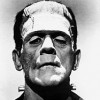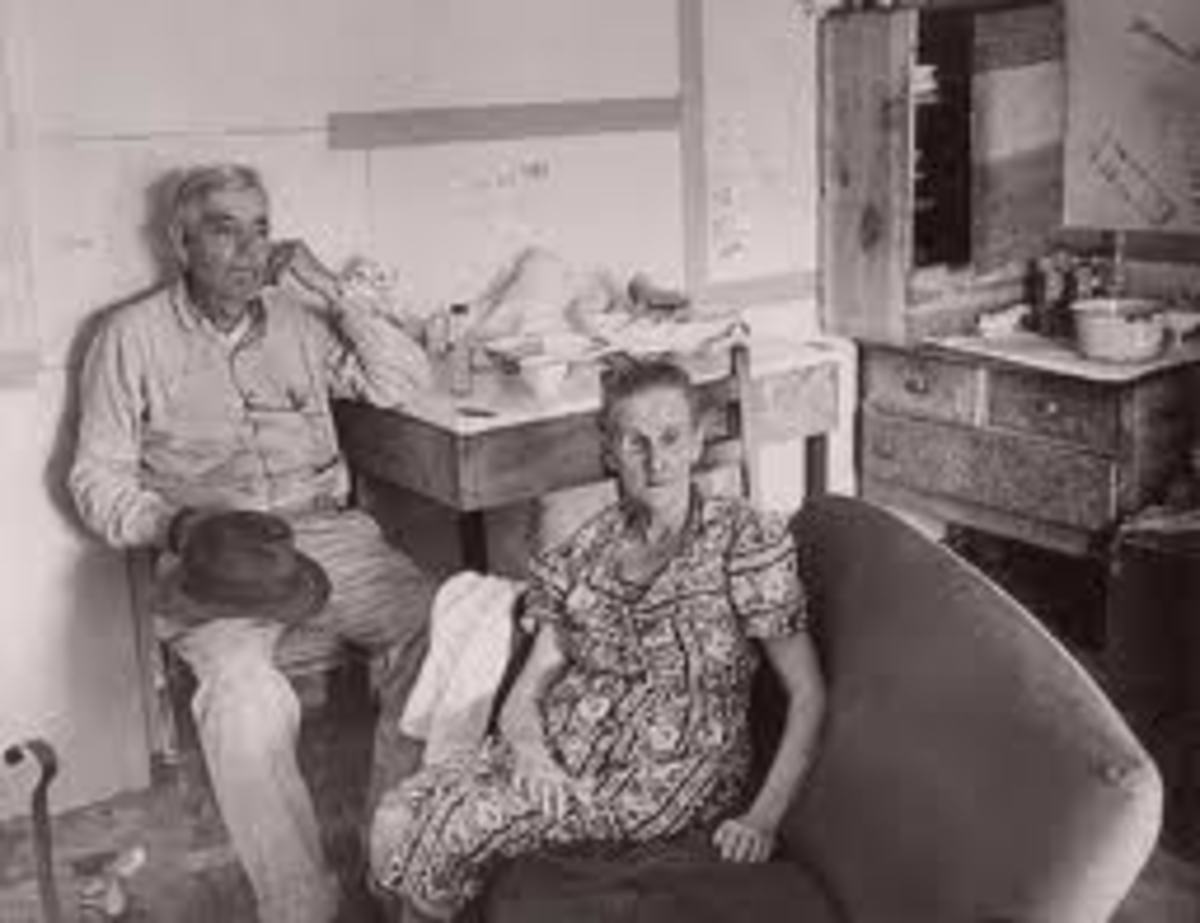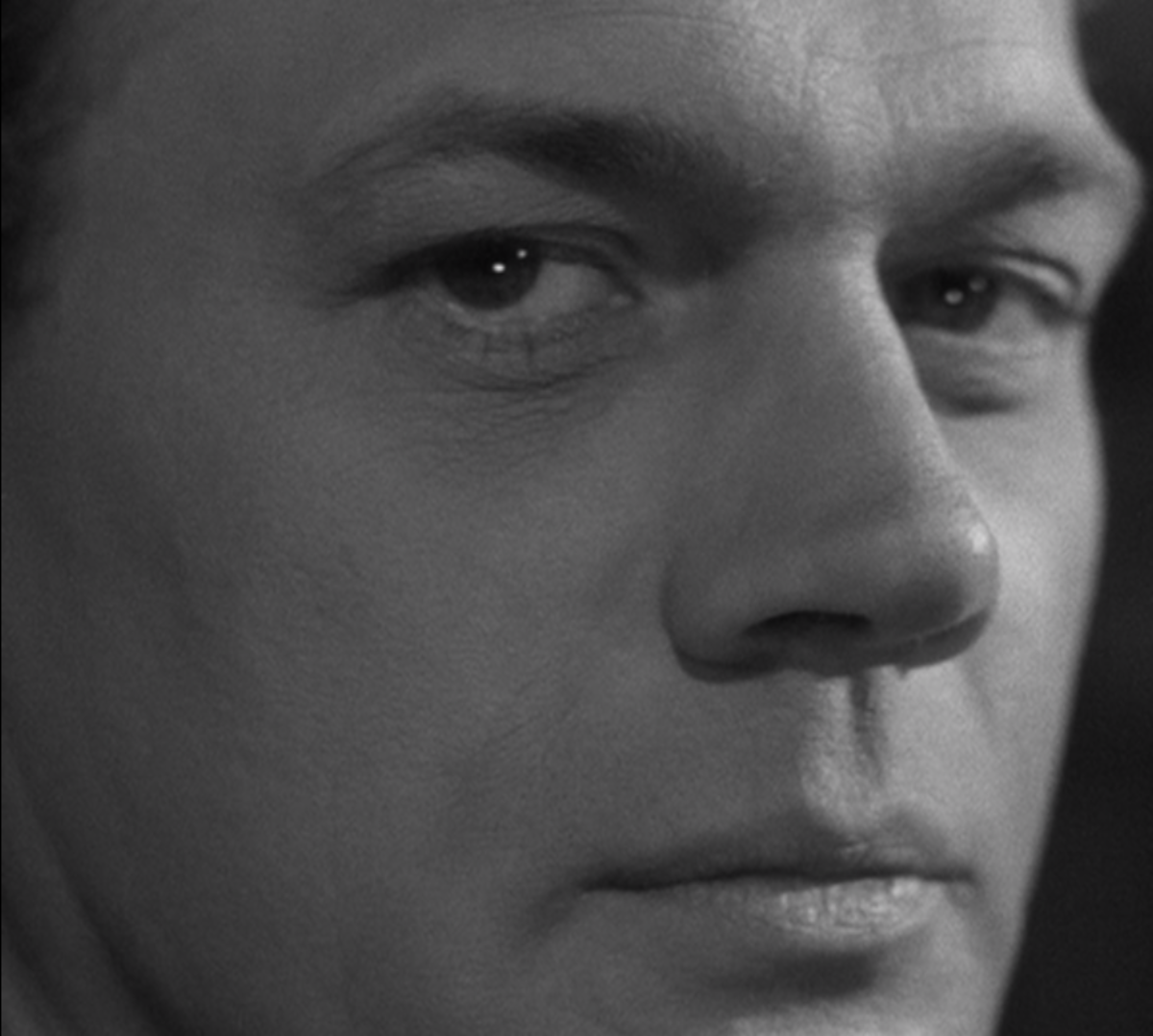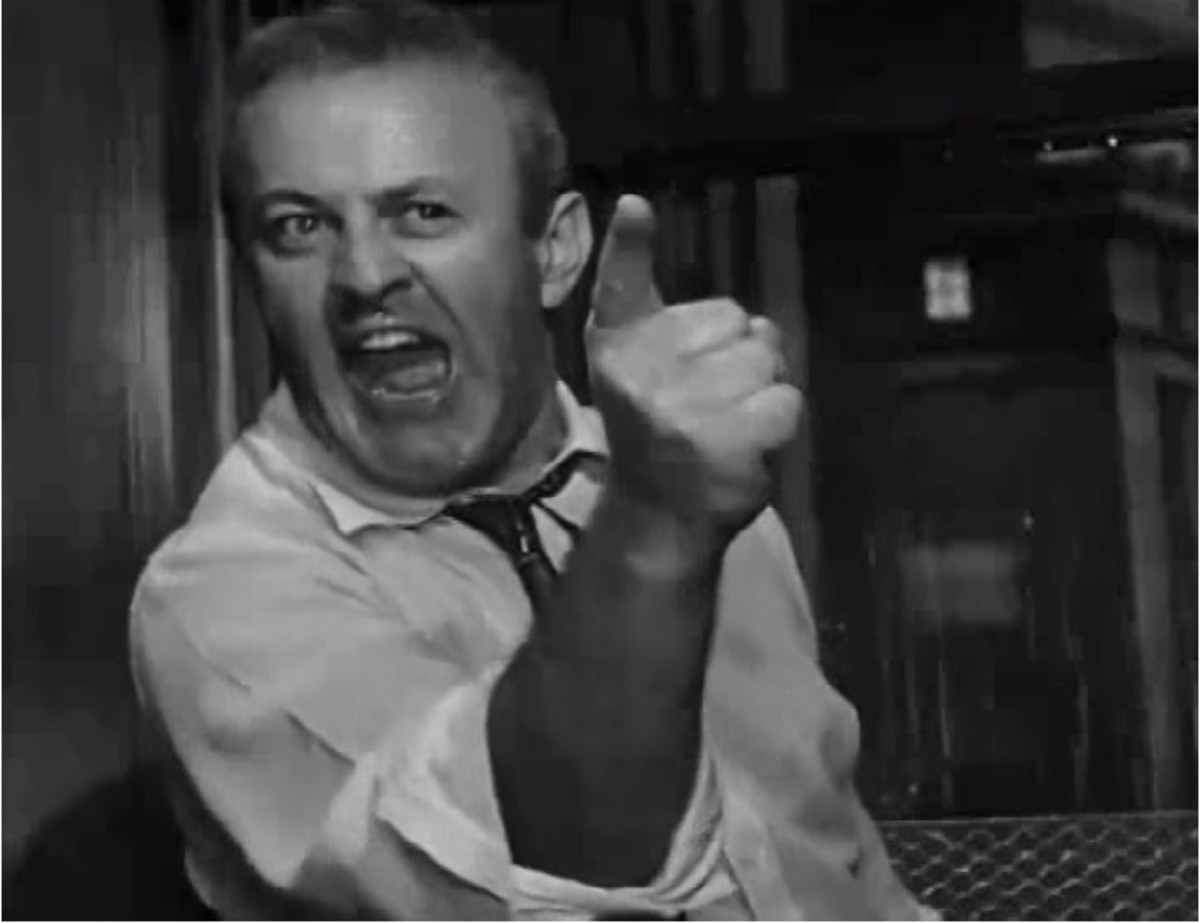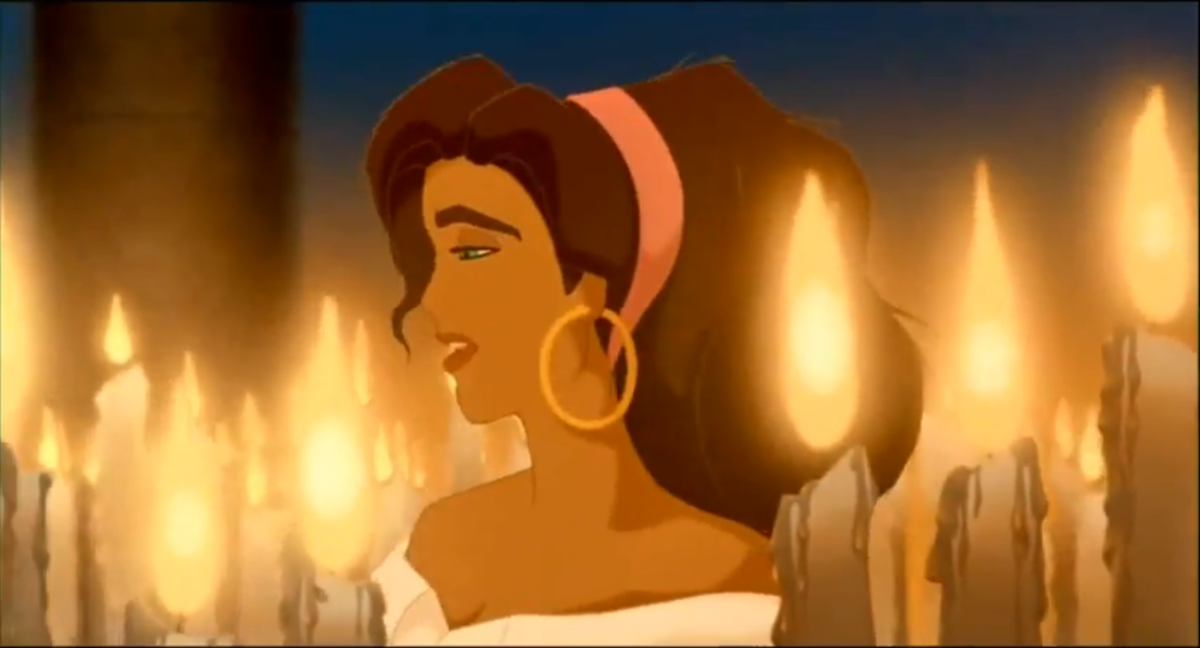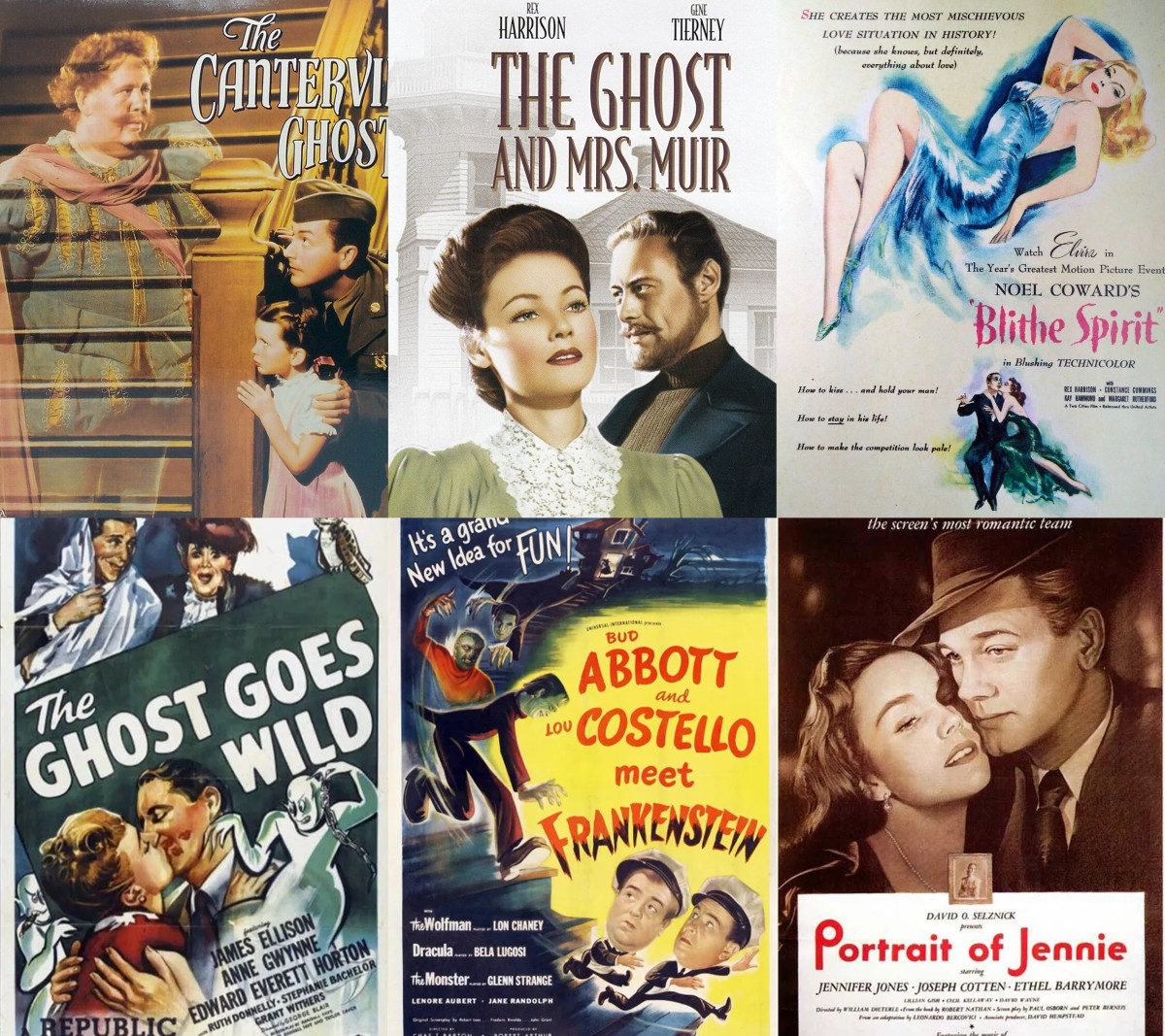The Death of Innocence
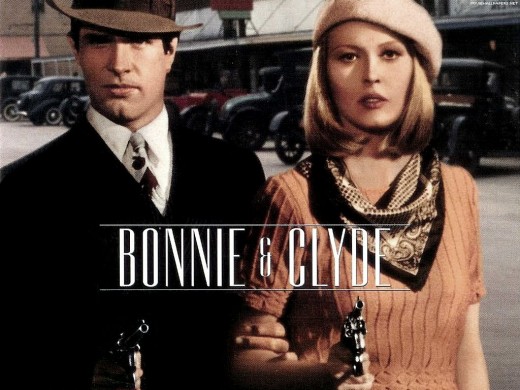
The final scene in Bonnie & Clyde was the most violent thing that American audiences had ever seen before on the big screen. It invited questions about how violence should be portrayed in film, whether it should be shown in its traditional implied form or in a more graphic and realistic way. Also, it took the idea of the classic Hollywood hero and turned it on its head by depicting criminals in a sympathetic manner and getting audiences to root for them.
I chose this scene because I feel it is important to address how violence is depicted in film. There is a great deal of debate over the morality of graphic violence and whether or not it leads to crime. Also, I have always been more attracted to villains or anti-heroes rather than the traditional Hollywood good guy. This film changed the established attitudes on both of these subjects. It portrayed graphic violence for the first time on screen. Also, it redefined what it meant to be a protagonist. The film’s final scene is the best example of this, which is the reason why I called this essay the death of innocence. This scene forced audiences to acknowledge the true nature of violence, as well as the fact that real life isn’t as one dimensional as good and evil.
The scene begins by building the viewer’s anticipation of the climactic ending. The first warning we get is a close-up shot of Malcolm ducking down as he looks at an oncoming car through the rails on his truck. The close-up reveals a look of concern on his face. He knows something is about to happen. Then it cuts to a subjective shot from Malcolm’s point of view. This is the only subjective shot in the scene. The rest of the camera work is objective. He is looking through the rails on the back of his truck at the up-coming car, giving us a frame within a frame and mirroring our own viewing. Malcolm is aware that something is about to happen, and the director by giving us a point of view shot from Malcolm’s perspective and a frame within a frame, which resembles a television or movie screen, is putting The audience in his position and making them aware that something is about to happen.
Next, there was a close-up shot as he Malcolm turns toward the bushes, where the gunmen are hiding. It is followed by a close-up shot of Clyde who does the same. There is a pan shot that follows a flock of birds taking off from the bushes into the sky. We get a reaction shot from each of the three characters cutting back and forth between a close-up shot of each character and a pan shot of the birds. This is our second warning that something is coming. The birds were most likely startled by the policemen in the bushes, who are about to kill Bonnie and Clyde. The rapid cutting in this sequence, about eight shots in five seconds, helps to build the tension for the upcoming event. Also, the only sound we hear is the noise of the birds taking off, which is very similar to the sound the machine guns will make when they kill Bonnie and Clyde. The birds could also be symbolic of the couple. They take off from the bushes where the gunmen who kill them were hiding. Then, they fly up into the heavens just as Bonnie and Clyde are about to after their death.
Just before the police open fire, the camera cuts rapidly back and forth between close-up shots of Bonnie and Clyde looking at each other. Clearly the director wants us to have an intimate moment with the characters just before they die. The close-up gives the audience a greater connection with the characters than a medium or a long shot does. It establishes a link between the characters and the audience, revealing their emotions to us. Bonnie has a look of acceptance on her face, she knows she is about to die and has made peace with it. When the gunfire begins their bodies are covered in visibly bloody bullet holes and are ravaged by the onslaught. Smoke can be seen emanating from Clyde’s body as he is shot. This further establishes the destructive power of the bullets. The shots are all in shallow focus. Only what is in the foreground is visible. The background is not important here. All of the action is taking place in the forefront. Also, the cutting here is incredible fast. The average shot lasts less than a second. This is the source of the scene’s energy. Rapid cutting is often used to create action. It gives audiences a feeling of utter chaos.
Additionally, the scene was very well lit, giving the audience full view of the carnage. It did take place during the day, which was probably part of the reason for the lighting. However, a somewhat darker scene would have masked the blood and the brutality. The director must have been aware of this, and the bright lighting, which allowed us to see everything in detail is another element that was used to make the killing seem graphic..
Also, there was no music, only the continuing roar of machine gun fire. Music is usually used to set the mood of a scene. It tells the audience how they are suppose to feel about what they are seeing on the screen. By replacing music with gunfire the director forces you to devote your full attention to the killing, which in addition to the blood, was used to set the mood of the scene in place of music. It was therefore unnecessary and would perhaps have even been distracting.
The graphic portrayal of the Bonnie and Clyde’s death was shocking to audiences at the time. In previous films when people were shot they would just grab their chest and fall to the ground dead. This raises the question of how films should portray violence. In my opinion a more graphic portrayal of violence is a better one. I say that as a pacifist who deplores violence. However, I think that the way classic Hollywood depicted violence was immoral for a few reasons. First, it is inaccurate and therefore a lie. I don’t expect all films to be realistic or to portray reality down to the smallest detail. However, this film was going for realism, it is based on a true story after all. Also, it was at least in part an action film and therefore the violence is a critical part of the movie. For a film aiming for realism and partly about violence (two bank robbers) to show it in such an inaccurate way betrays the movie’s realism and does a disservice to the audience.
Second, some people would argue that watching graphic violence in films desensitizes you. However, I think that portraying violence in a casual G-rated way can have the same effect. The bar fights from the old John Wayne movies are a good example. People would be hitting each other with cheery music playing in the background. When it was all over they would get up, laugh and buy each other a drink. In a real bar fight however, there would be bloody noses, broken teeth, and people who wouldn’t get up. Certainly depicting violence in this manner can have the same desensitizing effect because it fails to show the true nature of violence. Displaying it in its accurate form however, I would argue can have the opposite effect. If people see Bonnie and Clyde gunned down brutally they are much more likely to be disgusted and turned off by violence. Showing people the brutality and horror of it leaves a bad taste in their mouths. Violence should be shown in a graphic manner, because that’s how it is in real life. Seeing Bonnie and Clyde getting shot then just grabbing their chests and falling over, on the other hand, does not have that effect. It is not shocking or brutal and the audience will just walk out of the theater feeling sad that they got killed. Instead, we leave the theater not only sad about their death but disgusted at the violent nature of their death.
One genre where I feel the difference between graphic and implied violence is very important is the war film. The depiction of bloodshed here is very important here because it shapes our opinion of war. The older war movies, especially the propaganda films made during the Second World War, left all the violence up to your imagination. This was part of the governments agenda to make us feel better about the war we were in and downplay the carnage. I feel however, that this is an immoral way to represent war. Not only because of the inaccuracy but because it puts the wrong idea of war in people’s heads. War films should depict violence in the manner that Bonnie and Clyde did. People should be disgusted and horrified by the violence of it because that’s how it is in real life.
Some people would argue that the violence in this scene is gratuitous. I disagree; I feel it is an essential part of the film. It is based on a true story, and the ending of that story is that the couple gets gunned down by the police. Therefore that was the way the film had to end. It could be argued that the film could have the same ending but without the gore. Gratuity is violence for the sake of violence or for exploitive purposes. The blood in this scene is not meaningless; it is necessary because of the film’s realism and to establish the mood of the scene for the audience.
The scene concludes with a high angle medium shot of Bonnie and Clyde dead. Clyde is lying on his chest and Bonnie is only partially in the vehicle after having fallen head first out the open car door. The roar of gunfire has ended now and there is complete silence, giving us a somber feeling of what has just transpired. Again there is an absence of music. Silence however, does the job just as well. A lesser director would have used sad music to instruct the audience how to feel, but it isn’t necessary. The violence and gunfire has already set the mood. Silence is perfect because the high angle shot of them peacefully lying there dead contrasts with the traumatic violence and gunfire we have just witnessed.
The high angle shot of the dead couple gives them a look of inferiority. I think that this was intended to provoke sympathetic feelings from the audience towards the couple. It is also important that they are together now in this shot. In most of the shots of them being killed there was only one of them on screen at a time. Now that they are dead and the violence is over, putting them in the same shot indicates that they are at peace together. The high angle shot also points out the hopelessness of their situation and their inferiority in relation to their attackers. They were caught completely off guard the police. Also, they were unarmed during the attack. There didn’t appear to even be weapons in their car. One can’t help but feel sorry for them. I also believe that the brutality of their murder furthers this aim. It causes the audience to feel even more grief and horror at their deaths. The violence is an essential element towards crafting the tone of the scene. If they had just fallen over we may still feel sorry for them but the graphic nature of their death not only elicits more sympathy, it makes the scene very horrifying and emotional, thus strengthening out connection to the couple.
Clearly we were meant to empathize with Bonnie and Clyde and view them as the victims. This then makes us see the police as the villains. The fact that the couple was unarmed and taken completely by surprise makes it look like police brutality. Also, the police were barley even visible during the murders. There were only two brief medium shots of them and our view is obscured by the bushes they are standing behind. We never got a good look at their faces or an idea of how many of them there were until it is all over. This distances the audience from the police and contrasts with the close-ups of Bonnie and Clyde that I described earlier. Our perception of the police is that of an unseen attacker, the shark in the water that you can’t see until it’s too late.
This scene raises the question of whether or not Bonnie and Clyde were heroes or villains. They were heroes in the sense that clearly the audience is meant to identify with them, not just in this scene but throughout the entire film. They were the main protagonists and the story was told from their point of view. The couple was portrayed in a largely positive way despite their crimes. However, they were bank robbers and murderers. There was really no justification for the crimes that they committed. It could be argued that it was the Great Depression and they needed money, but Bonnie at least had a home, a car, a job, and seemed to be able to sustain herself without resorting to theft. The murders could be justified as self defense, but they wouldn’t have needed to defend themselves if they hadn’t robbed people of their money. I feel that their criminal actions were therefore unjustifiable. In fact, these characters have all the elements of villains from classic Hollywood. Yet the film is told from their perspective and so we don’t view them that way, rather, we see them as protagonists, or at least anti-heroes. In doing this I don’t think that the film is glorifying crime or violence, but rather exposing you to a point of view that you traditionally don’t see in film, that of the criminal.
I do however believe that the characters of Bonnie and Clyde were heroes rather than villains because despite the crimes that they committed they were good people. The film demonstrates that good people can do bad things. They are commonly referred to as anti-heroes because of this. However, I have always had a problem with this term because they were in fact heroes, just ones that imperfect ones. It is for this reason that I never had a problem rooting for Bonnie and Clyde, not to mention that the film clearly wants the audience to, especially in their final moment.
I have always found it easier to connect with imperfect characters, as opposed to the classic Hollywood hero. I think that is probably because in real life people are imperfect and sometimes do bad things. Therefore it is a more accurate portrayal of people. It is for this reason that I have always admired the way this film depicted these two characters.
As I have already established the director intended this scene to evoke feelings of sadness from the audience. Despite the fact that our two heroes have just been killed I feel it is still up for debate as to whether this was a happy ending or not. Most likely when people in the 1930s heard of the death of Bonnie and Clyde they were not saddened. After all they were criminals who had killed several police officers. Their deaths mean that their crime spree is over, no more banks will be robbed and no more people will be killed. Although it is important to consider that people in the 1930s would have only heard the police’s side of the story. That is what is so great about this film, it presents the story from a rarely seen perspective, that of the criminal. The ending is seen by the audience as a sad one because of the point of view from which the story is told. This demonstrates the power of film. Using different techniques like cinematography, music, and editing, a director can mold the audience’s opinion into almost anything that he wants. Few people in real life have the kind of sympathy for criminals that they audience does for Bonnie and Clyde. This demonstrates the power of cinema.
While it might seem tame to modern audiences, the final scene in this film was shocking at the time it came out. It depicted violence in a way that had never been seen before. Also, the film redefined what it meant to be a hero by portraying two criminals as the protagonists. The final scene is the best example of both of these issues, first, because of their violent deaths. Second, because the way the scene is directed is clearly meant to elicit sympathy from the audience towards Bonnie and Clyde. If the story had been told another way, from the police’s perspective perhaps we could have been brought to think of Bonnie and Clyde as the villains. Instead it focused on telling the story from the couple’s point of view. As I said before, I have always preferred anti-heroes to traditional heroes and I think that violence is best depicted in its true form. This film helped to change our perspective on both of these issues that is why I chose this it and why I feel it is the most important in the film.
